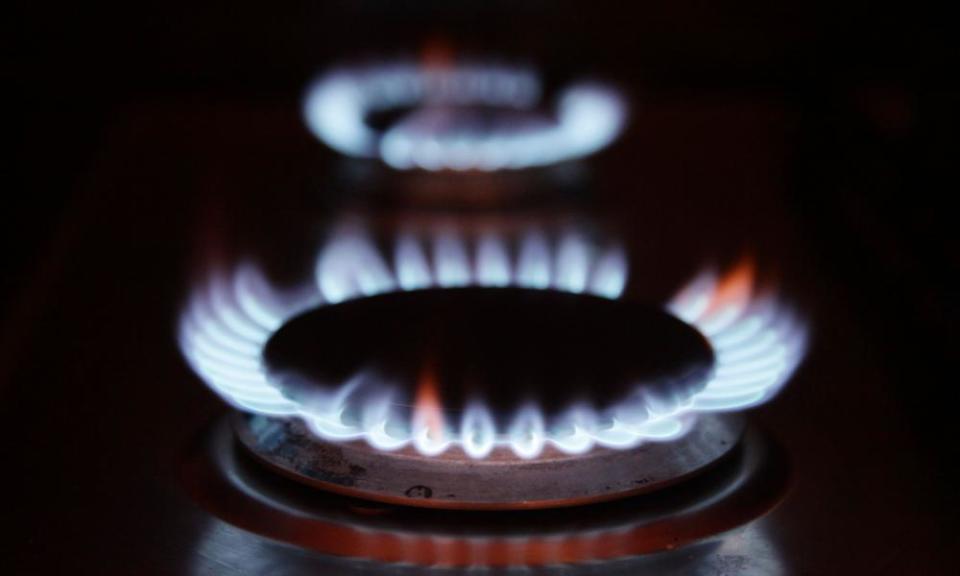Rise in power bills expected despite government cap

Households are facing a further round of energy price rises despite the introduction of the government’s price cap, industry experts have warned.
Ministers have promised to protect 11 million households on default tariffs with a cap by the end of 2018. Ofgem, the regulator, is due to publish further details of the ceiling early in September. However, new analysis by the energy consultancy Cornwall Insight expects cost pressures to drive up bills by 5%, about £60 a year, by next April.
That would take a dual fuel bill based on typical consumption to £1,268 at a time when consumers are already under pressure from slowing wage growth and rising interest rates.
While the calculations rest on expectations for the level of a price cap for 5 million vulnerable households, the increases are expected to emerge across the wider market.
Robert Buckley, research director at Cornwall Insight, said: “On the safeguard tariff forecasts, we believe there’s another £60 rise coming in April – mainly due to policy and wholesale cost increases. These rises will be felt by all suppliers regardless of whether tariffs are capped or not.”
He warned that the government’s cap on default tariffs, one of Theresa May’s key policies, could inadvertently make bill payers’ costs higher because of how suppliers buy energy.
“There’s a good argument that the cap will make things worse because the formula it uses to set the wholesale cost element is very difficult to replicate in market hedging,” Buckley said.
Gas and electricity bills are expected to level out after next summer and remain at about the same point in summer 2020, according to Cornwall Insight’s research.
Half of the big six suppliers – British Gas, EDF and E.ON – have already raised prices twice this year.
Bulb, a fast-growing challenger firm, recently told its 650,000 customers they might be hit with a third rise in November. Wholesale prices were already 5% higher than in June, the company said, because the heatwave had hit windfarms and nuclear plants, pushing up electricity prices, while demand for putting gas into storage had kept prices high for that fuel.
While a third increase by the large suppliers is thought unlikely unless wholesale prices rise even higher, industry watchers said it was possible that at least one of the remaining big six would soon announce a second increase.
Deepa Venkateswaran, an analyst at Bernstein bank, said there was “no respite yet” from wholesale costs because commodities were “strong across the board”.
One industry insider said SSE was regarded as the most likely of the big six to announce a second rise in the near future, because it had the cheapest standard variable tariff of the pack and a sizeable number of customers on the default tariffs. Npower and ScottishPower are thought less likely to declare a second increase because their prices are already higher.
All energy suppliers are facing higher wholesale costs because the recovery in the oil price has helped pull up gas prices.

 Yahoo Finance
Yahoo Finance 